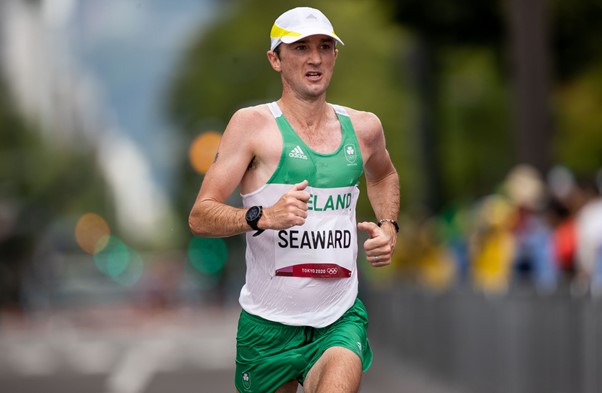Kevin recently spoke to us about his winter running schedule coming off the back of an extended Olympic cycle. A regular at the Loughborough Performance Centre for testing, he explained how he gets the most out of his winter runs and why it has become one of his favourite seasons for training.
Does the winter weather affect your running performance?
“The weather can be a challenge. Even though winter is one of my favourite seasons - cold, dark runs at 6am before work become a little harder! I think we are lucky in the U.K. though, overall the winter is still mild.
Before the commonwealth games in Australia, I was training in Loughborough and only flew out to the Gold Coast two weeks before the race. It was a particularly cold February that year and I remember doing some long runs in the snow. I had to find a loop that was safe to run on and I settled on a 1km loop for a long run - lots of laps!
Wearing the right gear and taking a little extra caution on the paths usually reduces a lot of the problems winter provides.”
How does your training differ in the winter, if at all?
“Winter is one of my favourite seasons for training. Crisp frosty mornings and maybe even the odd sprinkle of snow! Winter training for me is shaped by my marathon plans.
If I have run an autumn marathon, winter is used to recover and rebuild. In this case it would involve lower mileage, little to no focus on paces and some S&C.
If I am running a spring marathon, then the winter is where a lot of the foundations are laid. Training involves more specific paced longer runs of up to 42km and a mixture of intervals ranging from 3k/5k paced efforts up to marathon paced efforts. Overall mileage is consistently around 120 miles per week.”
Do you have any top tips for winter running and staying motivated during the cold, dark months?
“Invest in a good bobble hat!! I’m only half joking! Making sure you are wearing appropriate running clothes in the cold is half the battle. The cold and wet days are less daunting if you are feeling protected from the elements.
Build in some accountability if you can! Arranging to meet friends / running groups can mean that you are more likely to get going or running as a commute to work can provide a purpose (if you’re lucky enough to have showers etc).
Finally, have an achievable goal or target that you would like to achieve. Set process goals or some small steps that you can celebrate on route to a bigger target and this will keep you motivated throughout the winter.”
Did you factor in winter training in your pre-Olympic/Commonwealth Games training cycles?
“The Olympic cycle was very different this year with the delayed Games. This made winter a little more challenging as no one was really sure the Olympics would go ahead.
I kept the mileage relatively high but reduced the focus on specific pace. I was lucky to have the world half marathon as a focus so that helped with motivation. I then took a break and recovered before starting a Tokyo block.
The temperatures were still low in late winter early spring and that meant I would need to do some chamber work (at Loughborough sport) to try to adapt to the heat / humidity.”
So, there you have it - with a few extra layers, a change in mindset and a goal in mind, there is no reason why you can’t come out of the winter in better shape than you entered it.
Written by Benji Simpson
See more information on the testing and services offered by our Performance Support Team.
